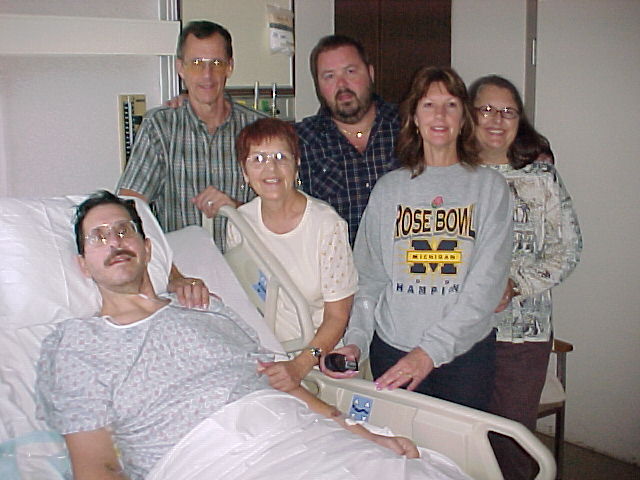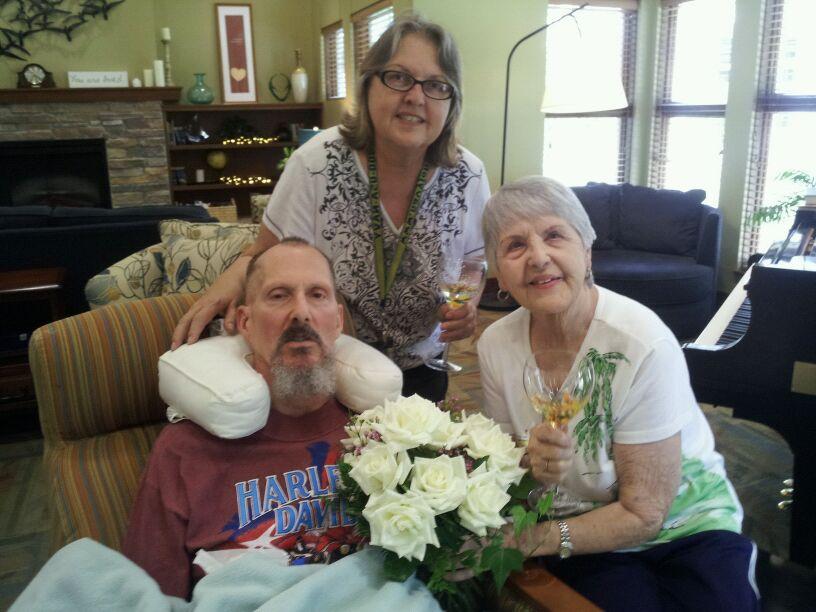I wonder if people are even aware that there is such a community. Probably not; until just a few years ago, our Katherine introduced me to a lady who advocates for this group. I even remember being interviewed, with Katherine, for Olelo to shed light on two of the more than 7,000 illnesses that are considered rare. Katherine talked about glioblastoma and I discussed ALS. Katherine could have covered both – since two of her brothers had rare diseases AND her own: Katherine is also a 20-year survivor of ovarian cancer, a rare but deadly form of cancer that affects mostly women over 50, because it is often caught in the late stage. Brian had ALS and Bruce had glioblastoma multiforme (GBM), a brain cancer that also caused the death of the late Senator John McCain of Arizona. Fortunately, Katherine’s cancer was caught early, needing only surgery to remove the cancer. Being healthy and a helpful big sister, she was able to make a career out of being caregiver to Brian, even as she was still working as a state social worker, until he passed two years ago. When Bruce fell ill after she retired, she also took care of him and his personal affairs, even while Brian was still grappling with his own illness. Both brothers were sick concurrently, although Brian outlived Bruce by many years.


Europe started Rare Disease Day on February 29, 2008, the 29th being another rare animal, appearing only once in four years. The US followed the next year, celebrating the cause of this community. Emphasizing the uniqueness of each patient with a rare disease, the Zebra, the animal with attractive black and white stripes, was chosen to be the mascot of the cause.
What is a rare disease? “In the United States, a rare disease is defined as a condition that affects fewer than 200,000 people in the US. This definition was created by Congress in the Orphan Drug Act of 1983. Rare diseases became known as orphan diseases because drug companies were not interested in adopting them to develop treatments, ” according to the National Institutes of Health. By definition, ovarian cancer, ALS ,and GBM are rare, and they suffer the plight of others in the same category, numbering an estimate of 300 million worldwide: miserably long roads to diagnosis, and upon finding a diagnosis, realizing that treatments are often just as rare or none at all.
The reality of scarce resources forces those who determine allocation to seek to maximize the number of beneficiaries from such allocation. To those with rare diseases and their families, this sensible, rational approach leaves them feeling marginalized and unfairly treated. They in the minority are forced to depend on individual largesse and private philanthropy to fund the discovery of solutions to their illnesses.
The last day of February every year is traditionally celebrated as Global Rare Disease Day, raising awareness for this category of human suffering that begs for attention and concern. Although many rare disease are genetic and manifest early in life, it is estimated that one out of 20 persons will be struck by a rare disease in their lifetime. Katherine, Bruce, and Brian are numbered among the latter. It is vital that people understand the challenges of families living with rare diseases and the urgency with which they are compelled to advocate for their loved ones.
For more information about Rare Diseases Day, click on http://www.rarediseaseday.org
